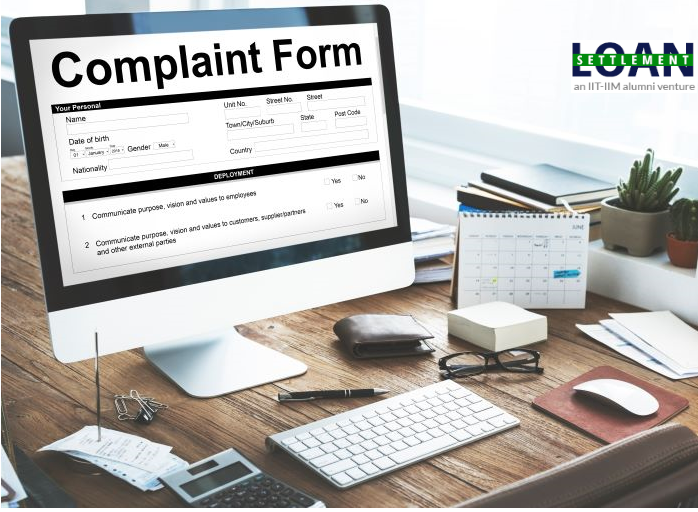In recent times, concerns over bank harassment in India have grown, raising questions about the rights of customers and the avenues available for seeking justice. Bank harassment can manifest in various forms, including unwarranted calls, unauthorized charges, or negligence in addressing customer concerns. This blog aims to empower individuals facing such challenges by providing a step-by-step guide on how to file a bank harassment complaint in India.
Understanding Bank Harassment
Bank harassment encompasses a range of actions that cause distress or inconvenience to customers. This can include aggressive debt recovery practices, unauthorized transactions, or persistent and intrusive communication. Recognizing the signs of harassment is crucial in determining the appropriate course of action.
If you are facing any harassment from recovery agents, consider loan settlement. Register and talk to our counsellors for more information.
Preparing for Your Complaint
Gathering evidence is key when filing a complaint. Document all communication with the bank, noting dates, times, and the nature of each interaction. Collect relevant documents such as account statements, loan agreements, or any written correspondence that supports your case.
Internal Complaint with the Bank
Initiate the complaint process by reaching out to the bank’s customer service. Clearly articulate your grievances and provide the evidence collected. Most banks have a dedicated grievance redressal mechanism, and this step allows them an opportunity to resolve the issue internally.
Escalating to Higher Authorities
If the internal complaint resolution is unsatisfactory, escalate the matter to higher authorities within the bank. This may involve contacting the nodal officer or the banking ombudsman, depending on the bank’s hierarchy. Ensure you maintain records of all interactions at every level.
Lodging a Complaint with RBI’s Ombudsman
If your concerns remain unaddressed, the next step is to approach the Reserve Bank of India’s (RBI) Banking Ombudsman. The RBI has established this mechanism to independently review and resolve disputes between customers and their banks.
Seeking legal Help
When traditional methods fail to address bank harassment, seeking legal recourse becomes essential. To proceed effectively in this process, begin by researching a lawyer with expertise in financial matters. Arrange an initial consultation to present your case comprehensively, allowing the lawyer to assess its merits and propose potential legal remedies. Understand the available legal avenues, such as initiating proceedings, seeking compensation, or employing injunctive relief. The lawyer will draft legal notices, prompting the bank to take the matter seriously. Negotiation or mediation may precede litigation, aiming for a swift resolution.
Register with us today at https://loansettlement.com/ to learn more about our services and how we can help you!
Tips for an Effective Complaint
- Clearly articulate your grievances and provide supporting evidence.
- Be persistent but polite in your communication.
- Keep a record of all interactions and correspondence.
- Familiarize yourself with your rights as a banking customer.
Conclusion
In conclusion, filing a bank harassment complaint in India can be a daunting process, but it is essential for protecting your rights as a consumer. By understanding the stages of the complaint process and being diligent in documenting your case, you can navigate the path to justice. Remember, every individual has the right to seek redressal for harassment, and by following these steps, you can assert that right effectively.
Also read:https://www.loansettlement.com/blog/legal-protection-against-harassment-by-recovery-agent/

